BASIC ELECTRONIC COMPONENTS
What are the electronic components?
The following components are among the most common found in electronic devices:
- Resistors
- Capacitors
- Diodes
- Transistors
- Inductors
- Battery
- Switches
- Motors
- Microcontrollers
- Transformers
What are electronic components used for?
Microcomputers are small computers used to control a multitude of devices, such as power tools, remote controls, medical equipment and office machines. Batteries convert chemical energy to electrical energy. The two different cells of a battery are anode (+) and cathode (-).
Fuses help preserve components from overloading with excessive current. A fuse consists of connection body, support, contacts and metal-fuse material such as Zinc or copper. As a protective device, a circuit breaker can be controlled with a remote switch. It is designed to protect the circuit from overloading or a short circuit.
Fuses help preserve components from overloading with excessive current. A fuse consists of connection body, support, contacts and metal-fuse material such as Zinc or copper. As a protective device, a circuit breaker can be controlled with a remote switch. It is designed to protect the circuit from overloading or a short circuit.
Motors convert electrical energy into mechanical energy. Key components include a rotor, stator, bearings, conduit box, enclosure, and eye bolt. From watches, to home entertainment equipment, to vehicles; motors can power a wide array of devices.
What are active and passive components in electronics?
ctive components include transistors, while passive components include transformers, inductors, resistors, capacitors. Transformers are commonly used to step up or step down power. A resistor restricts current flow. It is used in thermistors and potentiometers. Similar to a low capacity battery, a capacitor allows delays to occur in circuits. Inductors are used to control frequencies.
Below is a brief overview of the components and their functions.
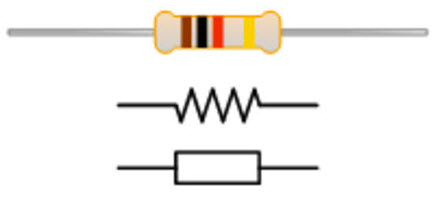
Register
A resistor is one of the components you will come across in an integrated circuit. Like the name suggests, the device resists the flow of current. Resistors are graded based on their power ratings (amount of power they can handle without exploding) and resistance values (capacity to resist current). The measurement is done in units know as ohms. The electronic symbol of the unit is O.
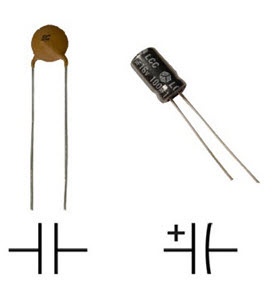
Capacitors
These components can store electric charge temporarily. The components come in different varieties, with the most common ones being electrolytic and ceramic disk. The capacity of a component is usually measured in microfarads (µF)
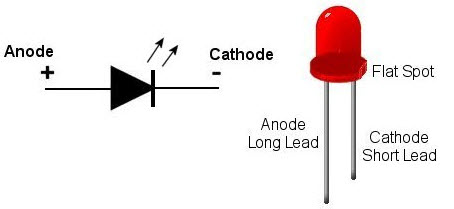
Diodes
Diodes allow electric current to flow in a single direction only. Each diode has two terminals known as the anode and cathode. When the anode is charged with positive voltage and the cathode with a negative one, electric current can flow. Reversing these voltages will prevent the current from flowing.
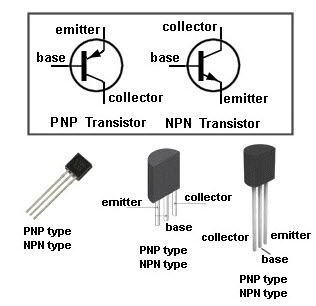
Transistors
These components are easy to identify through their three terminals. For the components to work, voltage has to be applied to one of them; the base terminal. The base can then control current flow in the two other terminals (the emitter and collector).
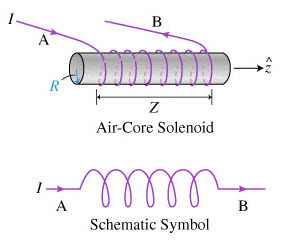
Inductors
These components are easy to identify through their three terminals. For the components to work, voltage has to be applied to one of them; the base terminal. The base can then control current flow in the two other terminals (the emitter and collector).
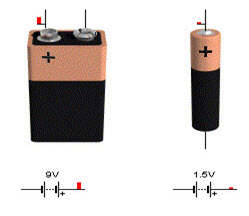
Batteries
Batteries convert chemical energy to electrical energy. The two different cells of a battery are anode (+) and cathode (-)

Switches
Switches interrupt current. The four types of switches are: single pole single throw (SPST), single pole double throw (SPDT), double pole single throw (DPST), and double pole double throw (DPDT).
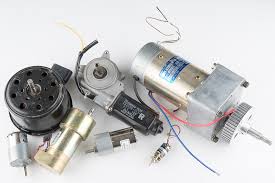
Motors
Motors convert electrical energy into mechanical energy. Key components include a rotor, stator, bearings, c onduit box, enclosure, and eye bolt.
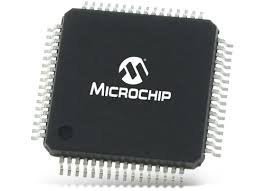
Microcontrollers
Microcontrollers are small computers used to control a multitude of devices, such as power tools, remote controls, medical equipment and office machines.
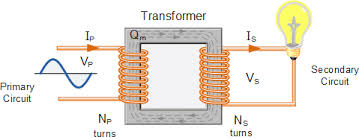
Transformers
Built with two coils of wire, transformers are commonly used to step up or step down power.